1. WHO Multicentre Growth Reference Study Group. Breastfeeding in the WHO Multicentre Growth Reference Study. Acta Paediatr Suppl. 2006; 450:16–26. PMID:
16817675.
2. de Onis M, Onyango A, Borghi E, Siyam A, Blössner M, Lutter C, et al. Worldwide implementation of the WHO Child Growth Standards. Public Health Nutr. 2012; 15(9):1603–1610. PMID:
22717390.

3. Tian Q, Gao X, Sha T, He Q, Cheng G, Wu X, et al. Differences between WHO Growth Standards and China Growth Standards in assessing the nutritional status of children aged 0–36 months old. Int J Environ Res Public Health. 2019; 17(1):251.

4. Kløvgaard M, Nielsen NO, Sørensen TL, Bjerregaard P, Olsen B, Júlíusson PB, et al. Growth of children in Greenland exceeds the World Health Organization growth charts. Acta Paediatr. 2018; 107(11):1953–1965. PMID:
29693738.

5. Inokuchi M, Matsuo N, Takayama JI, Hasegawa T. WHO 2006 Child Growth Standards overestimate short stature and underestimate overweight in Japanese children. J Pediatr Endocrinol Metab. 2018; 31(1):33–38. PMID:
29267170.

6. Kułaga Z, Grajda A, Gurzkowska B, Góźdź M, Wojtyło M, Swiąder A, et al. Polish 2012 growth references for preschool children. Eur J Pediatr. 2013; 172(6):753–761. PMID:
23371392.

7. Bonthuis M, van Stralen KJ, Verrina E, Edefonti A, Molchanova EA, Hokken-Koelega AC, et al. Use of national and international growth charts for studying height in European children: development of up-to-date European height-for-age charts. PLoS One. 2012; 7(8):e42506. PMID:
22916131.

8. Júlíusson PB, Roelants M, Hoppenbrouwers K, Hauspie R, Bjerknes R. Growth of Belgian and Norwegian children compared to the WHO growth standards: prevalence below −2 and above +2 SD and the effect of breastfeeding. Arch Dis Child. 2011; 96(10):916–921. PMID:
19948662.
9. Hui LL, Schooling CM, Cowling BJ, Leung SS, Lam TH, Leung GM. Are universal standards for optimal infant growth appropriate? Evidence from a Hong Kong Chinese birth cohort. Arch Dis Child. 2008; 93(7):561–565. PMID:
17556396.

10. Kim JH, Yun S, Hwang SS, Shim JO, Chae HW, Lee YJ, et al. The 2017 Korean National Growth Charts for children and adolescents: development, improvement, and prospects. Korean J Pediatr. 2018; 61(5):135–149. PMID:
29853938.

11. Zong XN, Li H, Zhang YQ, Wu HH. Growth performance comparison of exclusively breastfed infants with partially breastfed and formula fed infants. PLoS One. 2020; 15(8):e0237067. PMID:
32817664.

12. Jia N, Gu G, Zhao L, He S, Xiong F, Chai Y, et al. Longitudinal study of breastfeeding and growth in 0–6 month infants. Asia Pac J Clin Nutr. 2018; 27(6):1294–1301. PMID:
30485929.
13. Rebhan B, Kohlhuber M, Schwegler U, Fromme H, Abou-Dakn M, Koletzko BV. Breastfeeding duration and exclusivity associated with infants' health and growth: data from a prospective cohort study in Bavaria, Germany. Acta Paediatr. 2009; 98(6):974–980. PMID:
19484835.

14. de Beer M, Vrijkotte TG, Fall CH, van Eijsden M, Osmond C, Gemke RJ. Associations of infant feeding and timing of linear growth and relative weight gain during early life with childhood body composition. Int J Obes. 2015; 39(4):586–592.

15. Aarts C, Kylberg E, Hofvander Y, Gebre-Medhin M. Growth under privileged conditions of healthy Swedish infants exclusively breastfed from birth to 4–6 months: a longitudinal prospective study based on daily records of feeding. Acta Paediatr. 2003; 92(2):145–151. PMID:
12710638.

16. Anderson CE, Whaley SE, Crespi CM, Wang MC, Chaparro MP. Every month matters: longitudinal associations between exclusive breastfeeding duration, child growth and obesity among WIC-participating children. J Epidemiol Community Health. 2020; 74(10):785–791. PMID:
32611693.

17. Cheng TS, Kwok MK, Leung GM, Schooling CM. The associations of breast feeding with infant growth and body mass index to 16 years: ‘Children of 1997’. Paediatr Perinat Epidemiol. 2018; 32(2):200–209. PMID:
29281121.
18. Bell KA, Wagner CL, Feldman HA, Shypailo RJ, Belfort MB. Associations of infant feeding with trajectories of body composition and growth. Am J Clin Nutr. 2017; 106(2):491–498. PMID:
28659299.

19. Küpers LK, L'Abée C, Bocca G, Stolk RP, Sauer PJ, Corpeleijn E. Determinants of weight gain during the first two years of life--the GECKO Drenthe birth cohort. PLoS One. 2015; 10(7):e0133326. PMID:
26192417.

20. Tanaka H, Ishii H, Yamada T, Akazawa K, Nagata S, Yamashiro Y. Growth of Japanese breastfed infants compared to national references and World Health Organization Growth Standards. Acta Paediatr. 2013; 102(7):739–743. PMID:
23577778.

21. Gunnarsdottir I, Schack-Nielsen L, Michaelsen KF, Sørensen TI, Thorsdottir I; NordNet Study Group. Infant weight gain, duration of exclusive breast-feeding and childhood BMI - two similar follow-up cohorts. Public Health Nutr. 2010; 13(2):201–207. PMID:
19607745.

22. de Onis M, Onyango AW. The Centers for Disease Control and Prevention 2000 growth charts and the growth of breastfed infants. Acta Paediatr. 2003; 92(4):413–419. PMID:
12801105.
23. Cole TJ, Paul AA, Whitehead RG. Weight reference charts for British long-term breastfed infants. Acta Paediatr. 2002; 91(12):1296–1300. PMID:
12578284.

24. Heinig MJ, Nommsen LA, Peerson JM, Lonnerdal B, Dewey KG. Energy and protein intakes of breast-fed and formula-fed infants during the first year of life and their association with growth velocity: the DARLING Study. Am J Clin Nutr. 1993; 58(2):152–161. PMID:
8338041.

25. Weber M, Grote V, Closa-Monasterolo R, Escribano J, Langhendries JP, Dain E, et al. Lower protein content in infant formula reduces BMI and obesity risk at school age: follow-up of a randomized trial. Am J Clin Nutr. 2014; 99(5):1041–1051. PMID:
24622805.

26. Bartok CJ, Ventura AK. Mechanisms underlying the association between breastfeeding and obesity. Int J Pediatr Obes. 2009; 4(4):196–204. PMID:
19922033.

27. Li R, Fein SB, Grummer-Strawn LM. Do infants fed from bottles lack self-regulation of milk intake compared with directly breastfed infants? Pediatrics. 2010; 125(6):e1386–e1393. PMID:
20457676.

28. Castanys-Muñoz E, Martin MJ, Vazquez E. Building a beneficial microbiome from birth. Adv Nutr. 2016; 7(2):323–330. PMID:
26980815.

29. Thompson AL. Developmental origins of obesity: early feeding environments, infant growth, and the intestinal microbiome. Am J Hum Biol. 2012; 24(3):350–360. PMID:
22378322.

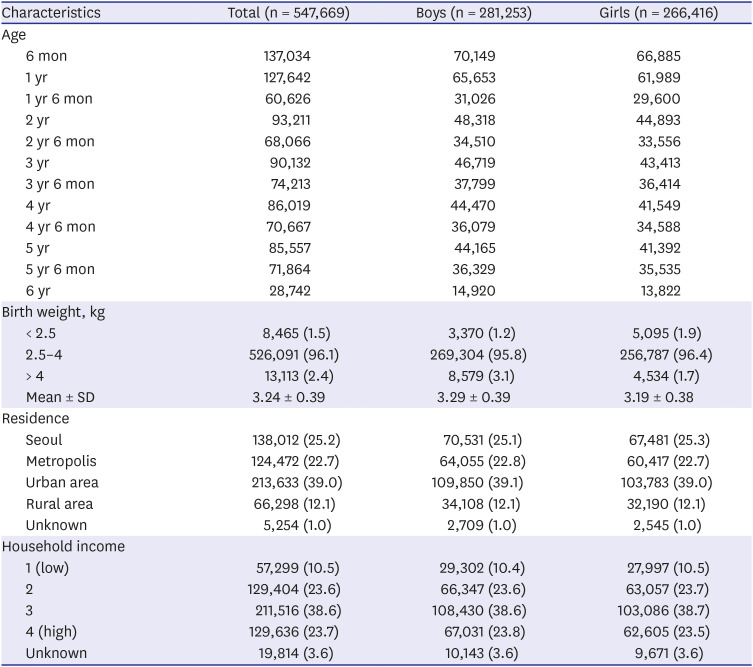



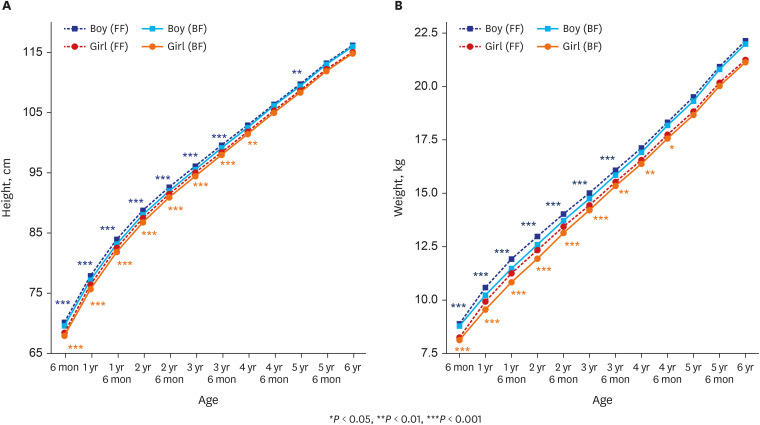
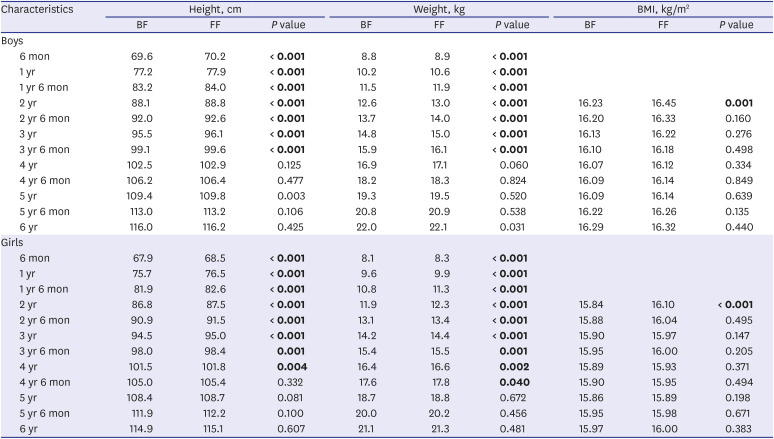




 PDF
PDF Citation
Citation Print
Print



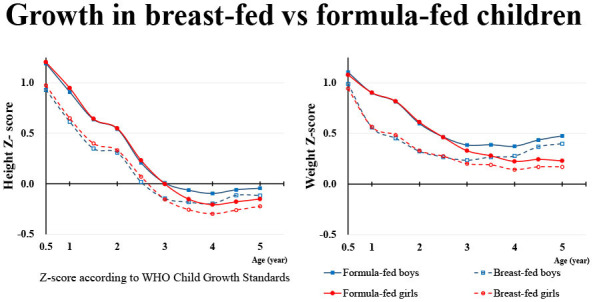
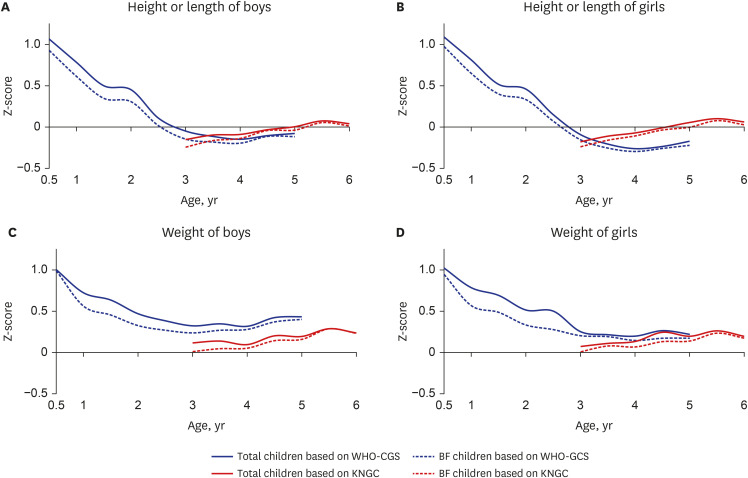
 XML Download
XML Download